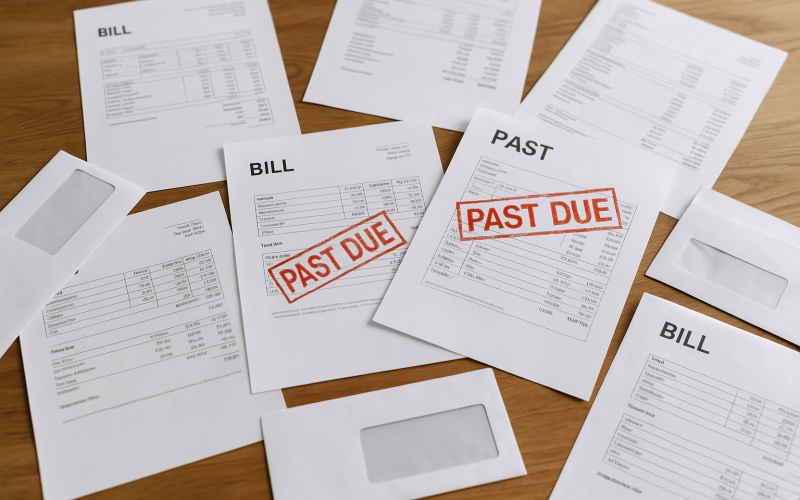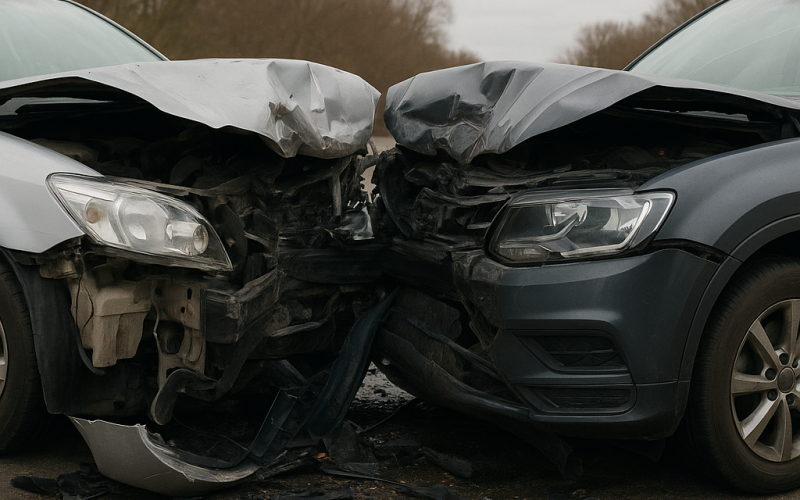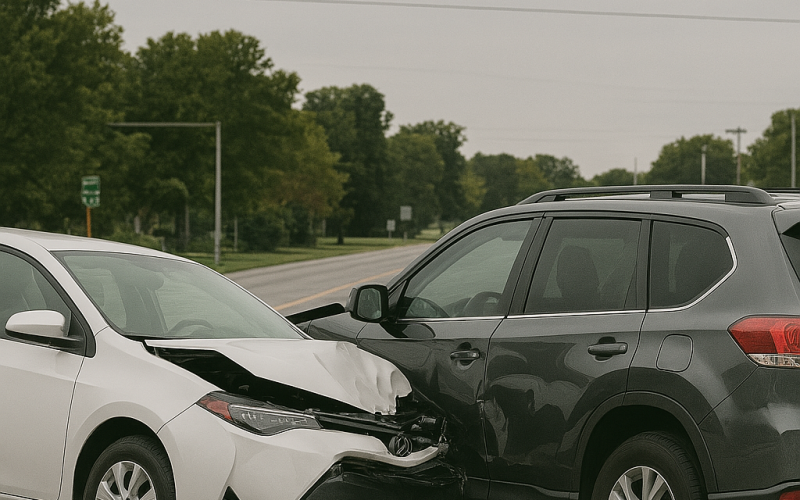South Carolina Modified Comparative Negligence



Since 1991, with the case Nelson vs. Concrete Supply Co. 303 S.C. 243, 399 S.E.2d 783 (1991), South Carolina has recognized a modified comparative negligence rule in civil claims. The application of modified comparative negligence would be used in cases where both the plaintiff and defendant are at fault for an accident. The dedicated team of attorneys at HawkLaw, P.A. can help you understand the nuances of complex accidents and fight to get you the compensation you deserve.
Call 888.HAWK.LAW or reach out through our contact page today.
What Is Comparative Negligence in South Carolina?
South Carolina is an at-fault state when it comes to car accidents. This term means that drivers who have some fault for the accident, such as if they drive distracted, can still receive reimbursement for their injuries, but at a discount.
Here is how this might work: a plaintiff less than 50% at fault for an accident may file a claim against a wrongdoer and receive compensation. However, the jury may reduce the total damages awarded based on the plaintiff’s own percentage of negligence (fault). For instance, let’s say one driver was driving 10 miles over the posted speed limit. Another car going the speed limit fails to maintain the lane due to distracted driving and causes a head-on collision with the speeder.
The jury determines the distracted driver caused the accident, but the speeding driver’s negligence may have exacerbated the resulting injuries. As a result, the jury assigns the speeding driver with 10% fault and the distracted driver with 90%. The jury will then reduce the total damages awarded by 10% to account for the plaintiff’s negligence. These laws are in Title 15 of the South Carolina Code of Laws, and comparative negligence is another term for these laws.
If any driver exceeds 50% fault for an accident, he or she cannot recover damages in a legal claim at all. Interestingly, if the plaintiff and the defendant were equally responsible for the accident, the plaintiff may still recover 50% of the damages awarded. This type of comparative negligence is modified comparative negligence.
South Carolina Contributory Negligence vs. Comparative Negligence
When seeking legal advice after a car accident, understanding terminology is important. Comparative negligence and contributory negligence are not the same thing, and accident cases must follow South Carolina’s existing laws.
Before 1991, South Carolina recognized a contributory negligence rule in civil claims. If a plaintiff contributed to an accident even 1%, he or she could not recover damages. Contributory negligence rules set a harsh benchmark for civil claims and offer the defense several strategies to avoid liability. Today, few states operate using a contributory negligence rule (Alabama, Maryland, North Carolina, Virginia, and Washington, D.C.).
What Is Contributory Negligence?
According to Cornell Law School, contributory negligence prevents a plaintiff from collecting damages from insurance companies or other drivers if they are in any way at fault for the accident. The common law tort rule is another term for this. South Carolina used to follow this law, but it no longer does.
What Is Comparative Negligence?
Comparative negligence is a tort rule that allocates damages when two parties are at fault. Sometimes legal codes call this comparative fault. South Carolina is a comparative negligence state.
Multiple Party Liability And Comparative Negligence
In some accident claims, the plaintiff may name more than one defendant. For instance, if someone failed to follow the rules of the road but also drove a faulty vehicle, both the driver and the auto manufacturer may face a percentage of responsibility for part of the amount of damages. In these auto accident claims, the plaintiff needs only prove that he or she was less than 50% at fault for the accident to recover compensation.
Joint and Several Liability
One consideration that once applied in multiple party liability cases is the legal doctrine of joint and several liability. Under this doctrine, if an injured party sued two or more defenders, each one was responsible for 100% of the amount of damages, even if one defendant was only partially at fault. Then, the plaintiff had the choice as to which party they would ask to pay those damages.
In 2005 South Carolina negligence laws changed and joint and several liability disappeared. Under the current negligence system, liable parties are only liable for their portion of the negligence claim.
Ending joint and several liability changed the way motor vehicle accident attorneys handle accident cases. Now, allocation of fault is only possible against those named in a lawsuit. Others, known as tortfeasors, who are not in the lawsuit cannot hold part of the fault.
Assigning Fault In Accident Claims
While the rule of modified comparative negligence seems straightforward enough, its application in civil proceedings is complex. During a case, claims adjusters, judges, and juries bear the responsibility of determining fault. A plaintiff’s ability to illustrate the facts of the case and negotiate the final outcome may result in a lower percentage of fault. The rather subjective assignation of fault highlights the importance of evidence in personal injury cases. Information from the scene of the accident, injuries, and liability will all determine who pays and how much.
Factors That Affect Accident Fault
South Carolina is not a pure comparative negligence state. With pure comparative negligence, the plaintiff can recover damages of any amount, even just 1%, after the courts assign fault in the case.
Under South Carolina’s modified comparative negligence law, plaintiffs are eligible to file a personal injury lawsuit if they are less than 51% responsible for an accident. As long as 51% of the accident’s fault lies with the other party, then the other party will be liable. However, the amount of fault the plaintiff shares reduces the amount of damages the at-fault party pays.
In light of this, the cause of action becomes important in these cases. Insurance companies and attorneys will look closely at all aspects of the case to determine who is at fault, and for how much they are at fault. Regardless of the type of accident, investigators may look at weather conditions, inebriation, the time of day, the ages of the plaintiff and defendant, unforeseeable circumstances, and other factors to determine fault. Whether you slip and fall outside of your favorite store in winter or a big rig driver slams into the back of your vehicle at an intersection, every detail of the accident may affect how the courts view liability and comparative negligence.
How A South Carolina Personal Injury Lawyer Can Help
To protect your right to compensation, speak with a local personal injury attorney as soon as possible. During an independent investigation, your attorney can help you build a case that accurately depicts liability factors in a claim. The ability to accurately retell the circumstances of the accident will improve your ability to recover fair compensation. Call 888.HAWK.LAW or reach out through our contact page today. Hawklaw, P.A. fights to win!
Disclaimer: This article is for informational purposes only and may not apply to all jurisdictions. It does not represent any type of attorney-client relationship. It should not be taken as legal advice.
John D. Hawkins
John Hawkins is the Founder and CEO of HawkLaw He has been licensed to practice law in South Carolina since his graduation with honors in 1994 from the University of South Carolina School of Law, where he was on the Law Review and Order of Wig and Robe.
-
$3,000,000*SettlementTrucking Accident
-
$1,005,000*SettlementCar Accident
-
$575,000*SettlementPersonal Injury
"*" indicates required fields









